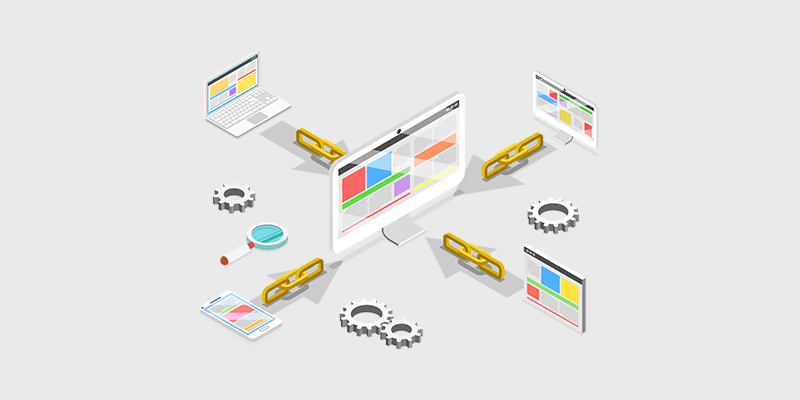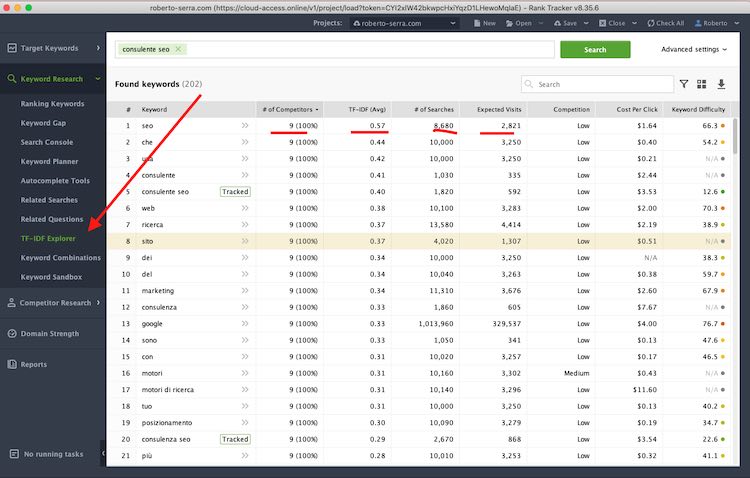
You can increase the visibility of your website and content by including images. Images can enhance your website's visibility. Make sure you have descriptive file names that include the target keyword. You can also add alt text to your pictures to help search engines understand what your picture is all about. This can help improve accessibility and enhance the user experience (UX).
H1> denotes the main sections of your article
Both the title tag, and the h1 text go into your web pages' head section. To see your web page's HTML source, right-click on an article and choose "View page Source." A new window will open with a URL bar. The HTML document will contain many tags. You should make sure that you have the correct h1-h2 tags so readers aren't confused. Here are the steps to add the H1 tag and h2 tag to your article:

The H1 tag is used by Google to label the major sections of an article. It will most likely be listed as the first result in Google search results. It indicates what the page is about and is an essential SEO tool. A title tag works in the same way as the Meta Page Title. However, it is shorter. It should appear on every page. For each page on your site, you can use one or several H1 and/or H2 headings.
H2> labels the main sections of your article
For categorizing and separating content, use H1 heading tags in the body. A H1 tag should be used as the main heading of your article. However, an H2 tag may be used for secondary sections. H1 headings are the most essential. They enable readers to find the information they seek without having them scroll down the entire article. The H3 tag and H4 tags are similar, but they can label different sections of your text.
Remember to keep the H2 heading descriptive and concise, but include the target keyword(s), at the start of each section. H2 headings help improve your article's readability, search engines will find it easily. H2s are a great way for readers to identify key themes and information in order to comprehend the rest of your article. Your article should have H2 headings to improve its ranking on search engines.
H3> labels the main sections of your article
Headings make up the majority of the article's first section. This is important as it allows readers to quickly scan the article and helps them identify the main idea. The headings help organize the article's contents and make it easy for search engines to find the various levels. A good heading system will have a central topic and smaller sections related to it. To separate these sections, H3 and H4 tags can be used.

An H3 heading allows you to describe a section of your article. The heading should be descriptive and include keyword phrases or phrases relevant to that topic. It is possible to use multiple H3 headings. However, you need to make each one more specific to the information being conveyed. Using H3s properly will make your article easy to read and easy to scan by search engines. Here are some ways to get the most out of them.
FAQ
What are the Common Mistakes When Using SEO?
SEO is one of the biggest mistakes people make. It's important to understand that there are no shortcuts in SEO. Your website must be optimized correctly to succeed. Search engines are often tricked by black-hat techniques. This is another common error. Black-hat techniques can actually hurt your rankings, rather than helping them.
How Much Does It Cost To Get Rank High in Search Results?
Search engine optimization costs vary depending on what type of project you're working on. Some projects involve minor modifications to your site, while others require complete redesigns. Monthly fees are charged for keyword research as well as maintenance.
How do you start SEO on your website?
It is important to understand the needs of people searching for your company or products through search engines like Google. This will help you get a Google ranking. This guide will teach you how to write high-ranking content on Google. Check out our other guides to content marketing.
To start, you'll want to create a plan and think about what kind of keywords you want to target. There are two types: broad keywords (like digital marketing) and specific keywords (like SEO).
Next, you'll need to choose a few goals: increasing brand awareness, driving leads, or boosting sales.
Once you've established your objectives, you are ready to start creating content. Here are some SEO-friendly tips.
Once your content has been created, it's now time to publish it on your blog or site. This might mean updating your existing pages if you own a website. If not, you need to hire web designers who can help you build one.
Link to your content from blogs and websites after publishing it. This will increase the visibility of your content and make it more visible.
Statistics
- A 62.60% organic traffic boost to that page: (backlinko.com)
- 64% of marketers actively create SEO campaigns because they help hit multiple key performance indicators (KPIs), including increasing traffic, helping your site rank for relevant keywords, improving your conversion rate, and much more. (semrush.com)
- : You might have read about the time that I used The Content Relaunch to boost my organic traffic by 260.7%: (backlinko.com)
- And 90%+ of these backlinks cite a specific stat from my post: (backlinko.com)
- If two people in 10 clicks go to your site as a result, that is a 20% CTR. (semrush.com)
External Links
How To
How to make a successful SEO campaign
If you do creative writing, you've got to learn how to separate yourself from the pack.
Most writers are similar. When they write, they tend to follow the same pattern. They repeat the same patterns and fall back upon cliches.
Breaking out of the patterns is key to developing new ideas. Thinking outside the box is key.
You should also look for interesting ways to make writing more interesting. Writing for an audience requires that you consider their motivations. What keeps them interested? What makes them smile? What makes them laugh?
What excites them? What scares them?
When you sit down to create, think about these questions. Ask yourself why anyone would be interested in what you have to say. Why would anyone read your words?
Once that is done, you are ready to begin writing your story.
Your hook should be your first line. Your opening sentence is vital. It's the first impression your readers make of you. Choose wisely.
Next, choose whether you want your piece to be persuasive or informational. Informational pieces explain facts. Persuasive pieces convince readers to agree with you.
Decide whether you are going to tell stories, or give examples. Stories are captivating. Examples are a great way to see how something works.